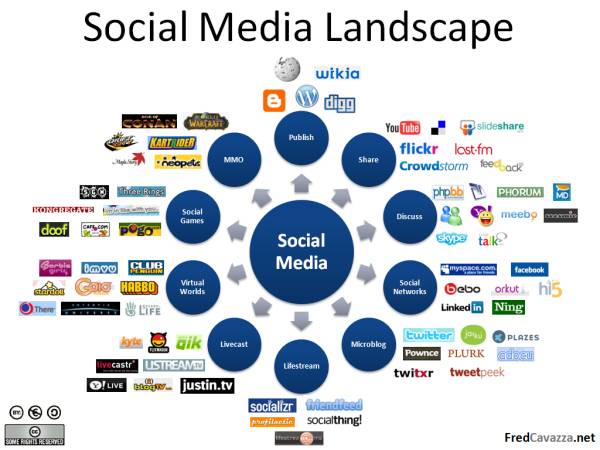In the early days of radio journalism, reporters would conduct “man on the street interviews,” to get the opinion of “John Q Public.” The news-gathering ritual has extended into television reporting today. The technique makes for interesting coverage of a topic, but opinions recorded are hardly the unvarnished truth. When presented a microphone, all but the most incautious of us edit out statements to fit what he’d like the world to think of us.
If it were possible, a more accurate accounting of public zeitgeist might be to eavesdrop on a roomful of friends, discussing and arguing about the topic at hand. Listen in on enough rooms and you might be able to get a better feel for public sentiment.
That’s the concept behind Facebook’s Lexicon. This (currently) free feature allows marketers and others to slice and dice Facebook members’ comments on their friends’ Walls. Currently this new Lexicon version is limited to a list of roughly 20 terms. There are plans to open this up shortly.
An earlier Lexicon version showed relative volume of terms over time, but not actual numbers. This made any sort of statistical inferences impossible. The newer release shows the actual numbers, as well as these enhancements:
- Demographics by gender and age
- Geographic breakdowns down to state level. You can even compare breakdowns between two terms on the same map.
- Sentiment over time, although Facebook hasn’t stated how it determines this.
- Associations: Terms frequently mentioned alongside a given term.
Below is an example of terms associated with mentions of “Palin,” over the last two weeks. Significantly, it was within this period that Saturday Night Live (SNL) presented a much-talked-about skit, where Tina Fey played Sarah Palin at a press conference, standing beside Amy Poehler as a disgruntaled Hillary Clinton. The topic was sexism in the presidential race.
In the Associations graphic, the bottom dimension is gender, with the terms farthest to the right being used by more men than women. The graphic (which can be expanded by clicking on the image) shows that more women than men commented on Facebook walls during that time period with statements containing SNL, Tina Fey and skit (when also using the word Palin).
The caption at the bottom of the graphic helps you understand what you’re looking at:
The Y axis is the average age and the X axis is the average gender of users who posted the association. For example, a bubble up and to the left means that the association is more prevalent among older and more female users. A bubble down and to the right means that the association is more prevalent among younger and more male users. The size of the bubble indicates the number of times the word appeared alongside the topic in the given time window.
Explore Lexicon for yourself. And if you’re curious what all of the comments were about, check out the skit:


